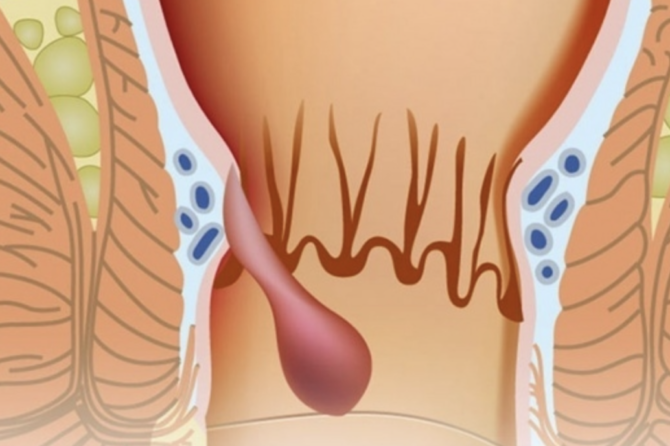
What Are the Stages of Hemorrhoids?
Hemorrhoids are a common health problem characterized by swelling and inflammation of the veins around the rectum and anus. Known as piles in common parlance, this condition can significantly affect the quality of life. Depending on its progression, it manifests in different stages, each characterized by specific symptoms and treatment methods. Early diagnosis and proper treatment can prevent the advancement of hemorrhoids and improve patients’ quality of life.
Stage 1 Hemorrhoids
Stage 1 hemorrhoids are the earliest phase of the condition and are usually accompanied by mild symptoms. At this stage, the veins inside the anus are swollen but do not protrude outward. Patients may experience mild itching, a sense of fullness, and slight bleeding during bowel movements. The bleeding is typically bright red and noticeable on toilet paper. Pain is rarely observed at this stage.
Lifestyle changes play a crucial role in the treatment of stage 1 hemorrhoids. A fiber-rich diet, adequate water intake, and regular bowel habits can help alleviate symptoms. Additionally, certain creams and suppositories prescribed by a doctor may provide relief.
Stage 2 Hemorrhoids
Stage 2 hemorrhoids represent an advanced phase with more pronounced symptoms. At this stage, hemorrhoidal veins may protrude from the anus during bowel movements but retract on their own afterward. Bleeding becomes more frequent, and the sense of discomfort increases. Some patients may also experience mild pain and itching.
While lifestyle changes remain important, conservative treatments may no longer suffice. Doctors may recommend minimally invasive procedures such as sclerotherapy or rubber band ligation. These methods help shrink hemorrhoidal veins and reduce symptoms.
Stage 3 Hemorrhoids
Stage 3 hemorrhoids are associated with more severe symptoms. During this phase, hemorrhoidal veins protrude from the anus during bowel movements and do not retract on their own. Patients may need to manually push them back. Bleeding, pain, and itching become more intense. Additional complaints such as difficulty during bowel movements and swelling around the anus are also common.
In stage 3 hemorrhoid treatment, minimally invasive methods are often insufficient. Surgical intervention may be required. Procedures like hemorrhoidectomy or stapled hemorrhoidopexy are commonly preferred for this stage.
Stage 4 Hemorrhoids
Stage 4 hemorrhoids represent the most advanced phase of the condition and may lead to serious complications. At this stage, hemorrhoidal veins remain permanently outside the anus and cannot be pushed back, even manually. Patients may experience severe pain, continuous bleeding, and a high risk of infection. Significant swelling and inflammation around the anus are also observed.
Surgical intervention becomes unavoidable at this stage. Hemorrhoidectomy is typically the first choice. After treatment, patients should focus on improving their dietary habits, bowel routines, and physical activity to enhance their quality of life and reduce the risk of recurrence.
Leave a reply

Leave a reply